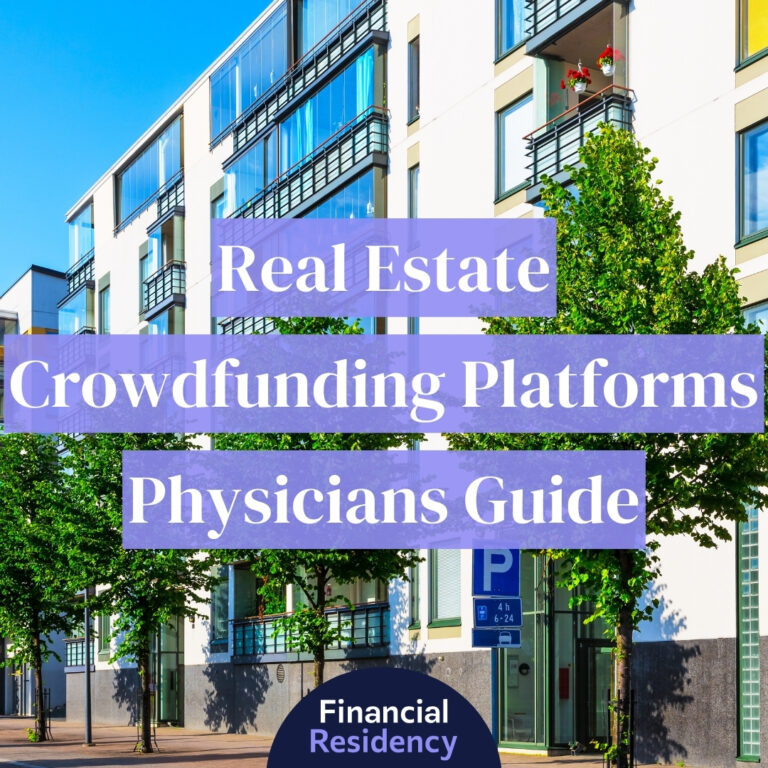Investing in farmland has historically been challenging. For most of American farming history, the people who farmed the land owned it. That’s slowly changing — creating opportunities for investors.
Farmland has consistently outperformed other asset classes over time and its returns have been positive every year since 1990, with average returns of more than 12% over the last 20 years.
No investment is without risk. But while most traditional investment assets are correlated with the stock market, farmland mostly is not. Its performance isn’t tied to stocks and bonds. Historically, volatility has been low. Farmland has helped prudent investors weather economic storms.
Farmland is also a hedge against inflation and is a real asset that produces commodities. The yield is fixed, so over time, inflation means a higher income on the same amount of crop.
Why Should You Invest in Farmland?
Farmland is real estate and can earn income via monthly cash flow and appreciation. Good farmland investments can generate competitive returns and consistent appreciation. It also has pretty low levels of volatility.
Low-Risk, High-Reward
Farmland is relatively low-risk and high-reward, but we can better understand this using the Sharpe ratio, which compares returns adjusted for volatility. According to Hancock Agricultural Investment Group, farmland has a higher Sharpe ratio than government bonds, large and small-cap equities, and private equity real estate investments.
Part of the reason farmland has such low volatility is that farmland values generally are not correlated with movements in the stock market. Think about how valuable that could be to your portfolio. If the markets dive — which they do about once a decade, although historically, they have always recovered — you’ll have an investment that is relatively insulated.
That’s not to say farmland is without risk. Farmland is only as valuable as the value of its yield, and everything from local weather patterns to international trade disputes can affect that value. But those trends generally have little to nothing to do with what’s happening in the markets.
Low Interest Rates
Finally, farmland positions investors to take unique advantage of low interest rates. We know that the value of real assets, like land, usually moves inverse to interest rates — that is, when interest rates fall, the value of real assets rises. That’s partly because the value of farmland is tied to commodity prices. When interest rates fall, commodity prices rise, generating more returns per acre for farmers and higher cash rents for landowners.
Farmland is relatively stable in recessions and performs well in low-interest-rate environments, and its long-term prospects are good. The risk is relatively low, and returns are relatively high.
5 Ways to Invest in Farmland
Investing in farmland has an incredible learning curve and is the barrier to entry that keeps most people away from it, not to mention the large amount of capital needed to purchase it.
Fortunately, there are several ways to invest in farmland, including of course, buying the land outright.
- Buying Farmland Directly
- Invest in Farmland REITs
- Invest in Farmland via Crowdfunding
- Buy Agricultural Stocks
- Buy ETFs or Mutual Funds for Farmland Companies
1. Buying Farmland Directly
Buying farmland makes you a landowner. You own the farm and can rent it to farmers for crops or livestock. Like renting a home, you collect rent for using the land.
The national average cost per acre is $5,460 and $1,760 per pasture acre. The average rate to rent cropland in the United States is $155 per acre and $15 per acre for pastures.
The average farm is 445 acres, so investors would need $2.4 million to purchase farmland outright or the ability to secure financing to leverage their investment.
Investors can purchase land already operating as a farm and locate tenants or convert land not zoned for farming yet, creating cropland or pastures. This is often the less expensive option and has higher yields because you can often purchase raw land cheaper.
2. Invest in Farmland REITs
Farmland REITs work a lot like commercial real estate investment REITs. You invest in the real estate company that owns the farmland. They manage the land, tenants, and the eventual sale of any land. All investors do is purchase shares of the REIT and receive a prorated amount of the returns.
Farmland REITs are attractive because there’s a lower barrier to entry, and the shares are liquid. This makes it much easier to access your cash, should you need it. REITs also don’t pay corporate income tax as long as they distribute at least 90% of their profits to shareholders.
3. Invest in Farmland via Crowdfunding
Investing in farmland using crowdfunding is another great way to get around the barrier to entry or is great for investors who don’t want to invest a lot of capital in farmland but want to take advantage of its returns.
The downside is most farmland crowdfunding platforms are only open to accredited investors, which usually isn’t a problem for many doctors.
When you invest in farmland crowdfunding, you purchase a fraction of the farmland, and other investors do the same. The nice thing is you don’t have to handle any of the work involved in managing the land; your only job is to invest.
Common platforms for farmland crowdfunding include AcreTrader, FarmTogether, and Harvest Returns.
4. Buy Agricultural Stocks
If you want to take advantage of farmland’s returns but don’t want to own farmland even indirectly, you can invest in agricultural stocks. You can buy stocks of companies within the agricultural industry, including equipment manufacturing, crop producers, and fertilizer companies.
5. Buy ETFs or Mutual Funds for Farmland Companies
If you prefer a more diversified investment in the farmland industry, you can purchase ETFs or mutual funds with a farming focus. When choosing these investments, pay close attention to the companies included in the index or mutual fund since not all companies may be agriculturally focused.
Farmland Investing Stats
- Farmland has had an average return of 12.75% over the last 20 years
- 60% of farmland in the US is owner-operated
- 8% of farmland is rented from other farmer operators
- 31% of farmland is rented from non-operating landowners
- Institutional investors own approximately 2% of the country’s farmland
- Farmland’s debt-to-equity ratio is 58%, down 29%, its peak in 1985




